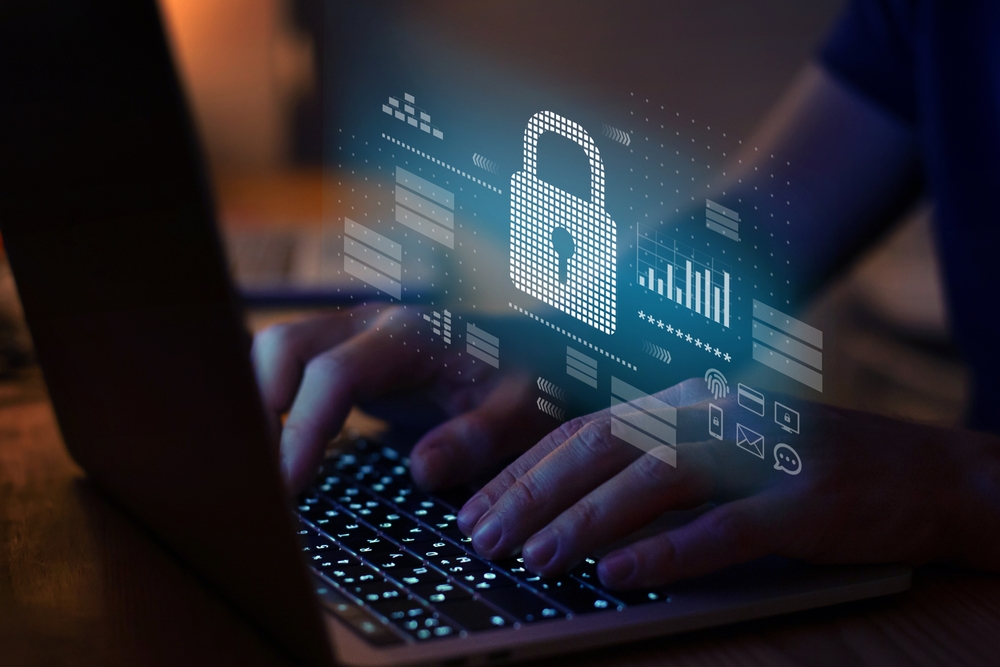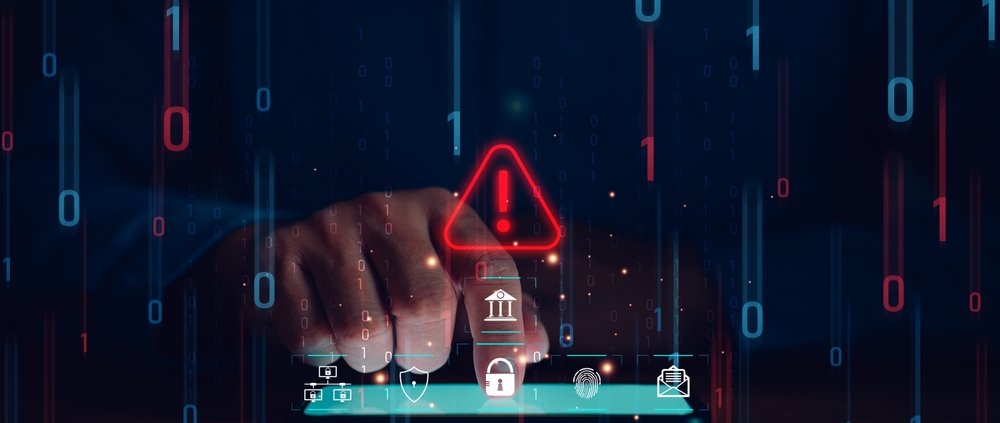The Importance of IT Security in the Digital Age
In today’s digital age, where businesses and individuals rely heavily on technology for everything from communication to commerce, IT security has become a critical concern. As the world becomes more interconnected, the threats to our digital assets grow in complexity and frequency. Understanding the importance of IT security is essential for anyone looking to protect their data, privacy, and overall digital presence.
The Evolving Threat Landscape
The digital age has brought with it a wide array of benefits—efficiency, connectivity, and the ability to scale businesses like never before. However, it has also opened the door to new vulnerabilities. Cybercriminals are becoming more sophisticated, using advanced techniques such as phishing, ransomware, and social engineering to exploit weaknesses in security systems.
Small businesses, large corporations, and even individuals are at risk. The impact of a security breach can be devastating, leading to financial losses, reputational damage, and legal consequences. For businesses, a single breach can erode customer trust and result in significant downtime, affecting productivity and profitability.
Key Aspects of IT Security
1. Data Protection:
One of the primary goals of IT security is to protect sensitive data. Whether it’s customer information, financial records, or intellectual property, data is a valuable asset that must be safeguarded. Encryption, access controls, and regular backups are some of the measures that help protect data from unauthorized access and loss.
2. Network Security:
Network security involves securing a computer network from intruders, whether targeted attackers or opportunistic malware. Firewalls, intrusion detection systems, and anti-virus software are critical components of network security. By monitoring and controlling incoming and outgoing network traffic, businesses can prevent unauthorized access and attacks.
3. Endpoint Security:
With the rise of remote work and mobile devices, endpoint security has become increasingly important. Laptops, smartphones, and tablets that connect to a corporate network can serve as entry points for cyber threats. Endpoint security solutions, such as anti-malware and VPNs (Virtual Private Networks), help protect these devices from being compromised.
4. Cloud Security:
As more businesses move to the cloud for storage and services, cloud security has become a significant concern. Ensuring that data stored in the cloud is secure requires robust encryption, regular security audits, and a clear understanding of the shared responsibility model between cloud providers and users.
5. Identity and Access Management (IAM):
IAM involves managing and controlling who has access to what information within an organization. It ensures that only authorized users can access sensitive data and systems. Implementing multi-factor authentication (MFA) and regular access reviews are essential practices in IAM.

The Cost of Neglecting IT Security
The consequences of neglecting IT security can be severe. According to various studies, cybercrime is costing the global economy billions of dollars annually. For businesses, the cost of a breach can include not only immediate financial losses but also long-term damage to brand reputation and customer trust.
For example, the 2017 Equifax breach exposed the personal information of nearly 150 million people, leading to lawsuits, regulatory fines, and a significant loss of consumer confidence. Smaller businesses, often seen as easier targets, may struggle to recover from such incidents, with some even facing closure.
Best Practices for IT Security
To mitigate the risks associated with cyber threats, businesses and individuals must adopt best practices in IT security:
- Regularly Update Software: Keeping software and systems up-to-date ensures that known vulnerabilities are patched, reducing the risk of exploitation.
- Educate Employees: Human error is a leading cause of security breaches. Regular training on cybersecurity best practices can help employees recognize and avoid common threats, such as phishing emails.
- Implement Strong Password Policies: Encourage the use of complex, unique passwords and consider using password managers to store and manage them securely.
- Backup Data Regularly: Regular backups are essential to recover data in the event of a breach or ransomware attack.
- Use Multi-Factor Authentication: Adding an extra layer of security by requiring multiple forms of verification can significantly reduce the risk of unauthorized access.
The Future of IT Security
As technology continues to evolve, so too will the threats we face. Emerging technologies such as artificial intelligence (AI) and machine learning (ML) are being used by both security professionals and cybercriminals. While these technologies offer new ways to detect and respond to threats, they also present new challenges.
To stay ahead of these threats, businesses must remain vigilant and proactive in their approach to IT security. This includes investing in the latest security technologies, staying informed about emerging threats, and continually refining security policies and practices.
Conclusion
In the digital age, IT security is not just a technical requirement; it’s a critical component of business strategy. Protecting digital assets, maintaining customer trust, and ensuring the continuity of operations all depend on robust IT security measures. By understanding the importance of IT security and implementing best practices, businesses and individuals can safeguard themselves against the ever-growing array of cyber threats. The time to prioritize IT security is now—before it’s too late.



